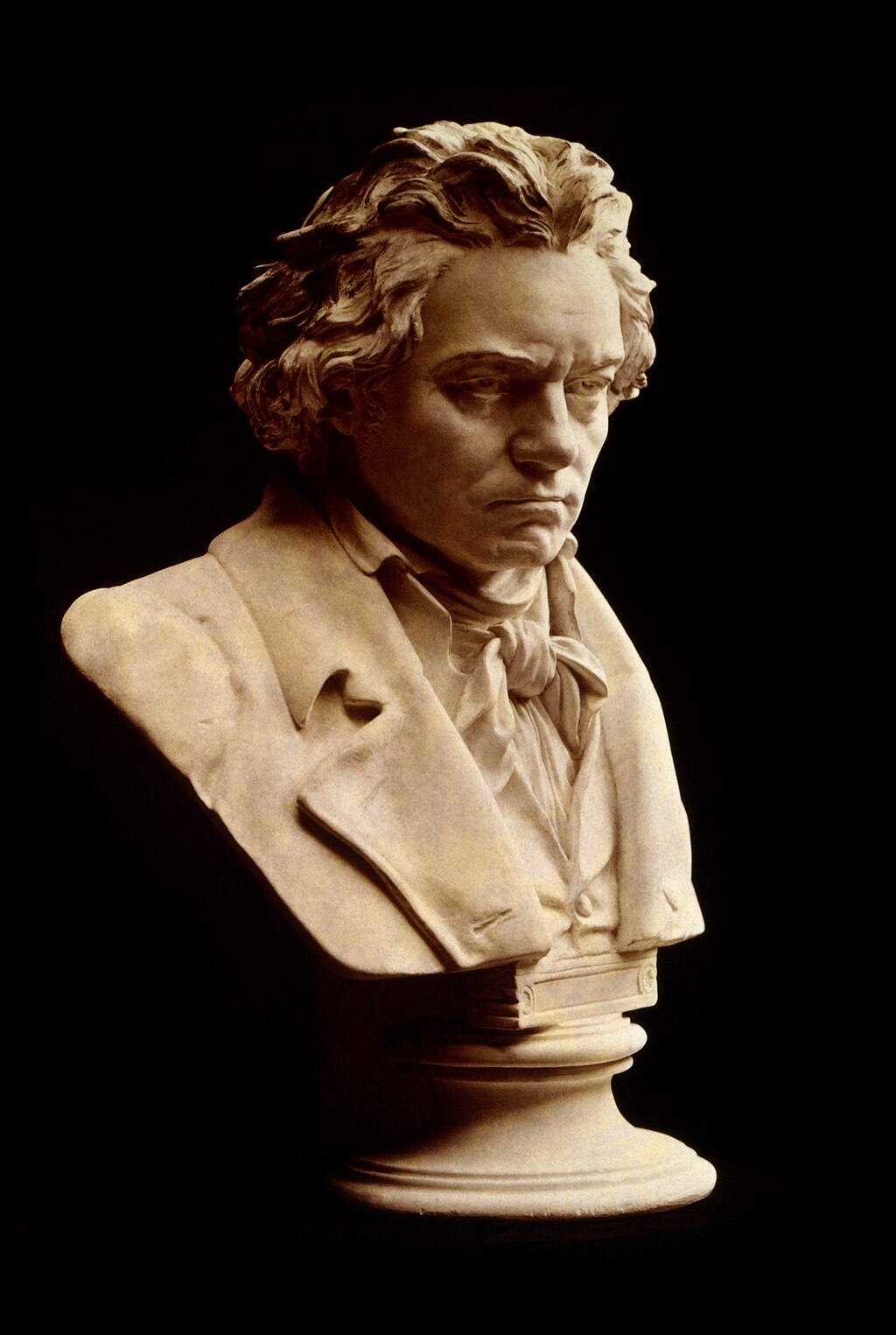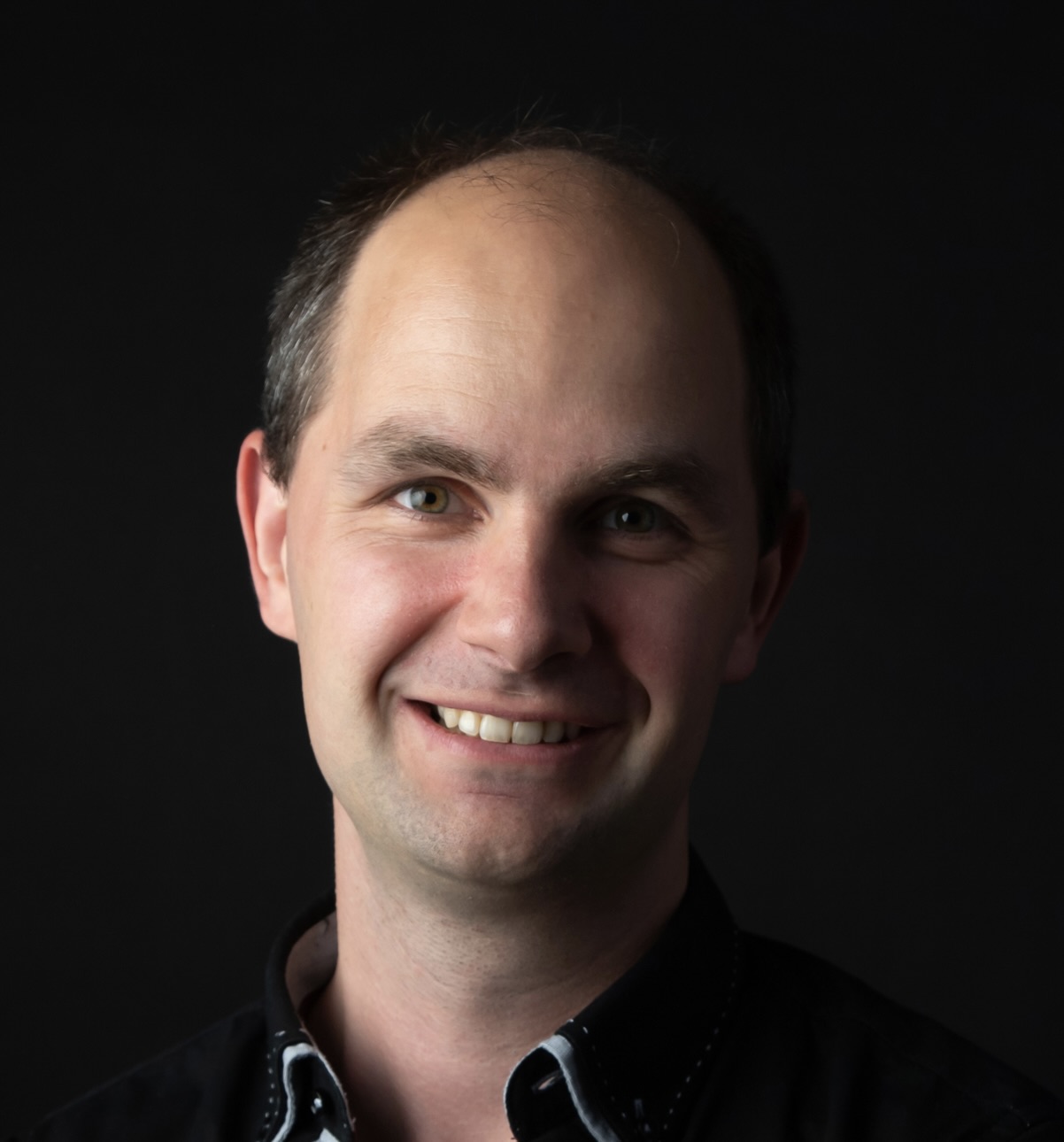Visiting Beethoven’s Bonn, Heiligenstadt Museum and Vienna Apartments
Vienna was probably the most important city of music around the beginning of the 19th century in Europe. The beating heart of this incredible art form was a magnet for composers and performers to make a living. With Mozart being the first freelance composer/musician in the big tradition of classical music (before him, all composers and musicians were hired by the church or courts of nobility), Vienna became the most logical place to be.
Beethoven grew up under the demands of his father, who wanted him to be a virtuoso like the young Mozart, 20 years his senior. But Beethoven was a completely different human being and worked in a very different way. He meticulously labored over every note to reach a perfection that, from the perspective of his composition style, was beyond perfection—some pieces taking months if not years to compose. What set Beethoven apart, of course, was that he became deaf (through hair analysis it was likely due to lead poisoning, a common and excruciatingly painful affliction). Yet he conquered this seemingly impossible defect by hearing the music in his head.
Although he is known as ‘the deaf composer,’ his deafness started around 1800, so he spent “only” the last decade of his life in true deafness.
During my time working with great musicians like Enrico Pace and Lukas Hagen from the Hagen Quartett, I once heard Maestro Pace remark on one of Beethoven’s great violin sonatas. He suggested that Beethoven would never have composed his later works had he not been deaf. His defect truly transformed classical music, developing the Classical period while incorporating early Romantic elements; he opened the door for composers like Chopin, Liszt, Brahms, Strauss, Dvorak, and many others.
We are lucky that Vienna has preserved this heritage, thanks to composers like Haydn, Mozart, Schubert, and later Mahler, who was both Vienna Court Opera and guest conductor at the Vienna Philharmonic. This cultural legacy is what makes visiting Vienna so special. I myself have spent 15 years working from the complete violin sonatas of Beethoven, which I bought in Vienna. Owning scores in the city where the music was composed adds a deeper, multi-layered connection to the works. (Click here for my live recording of Beethoven’s 4th violin sonata.)
Visiting cities like Paris, Salzburg, or Vienna is a great experience. When I visited the composer houses I was truly taken back in time—realizing that the incredible music written by these titans was composed in the very apartments I stood in, that they walked the same stairs up and down, and that the artifacts in the museum were once used by them and now are exhibited. These experiences have truly shaped a whole new understanding of the music they wrote. Chasing their footsteps and understanding their lives and works in this way is vital to interpretation.

Beethoven in Bonn
Beethoven’s birthhouse in Bonn is one of the most popular sights for music lovers in Germany. With around 100,000 visitors a year, its pinkish-colored house cannot be overlooked.
The museum brings you back to 1770, the year of Beethoven’s birth, and offers a deep, broad view of his life through over 100 artifacts, manuscripts, letters, books, and a wealth of art. It also houses the famous painting that has given Beethoven a face for nearly 200 years.
The museum features Beethoven’s violins, death mask, and what I find particularly interesting—shows how his discipline and routines enabled a balance between daily errands, hearing problems, and creative output. It is also one of the few museums with ongoing concerts, featuring nearly weekly recitals played on a hammerklavier, a type of piano common in Beethoven’s era (notably for the famously difficult Hammerklavier Sonata, Op.106).
If you are interested or researching Beethoven, the museum’s website offers a treasure trove of information—not just about its collection and houses but about Beethoven’s life, hearing problems, quotes on many topics, and even an introduction tailored especially for children. They have also done a superb job digitalizing their collection, which you can explore here. I have often used their website for research while working on my book on composers and their travels and for articles related to concert preparation.
Visitors information:
Address: Beethoven-Haus Bonn, Bonngasse 22–24, 53111 Bonn, Germany
Website: Beethoven-Haus Bonn
Opening Hours: Wednesday to Monday, 10:00 AM – 6:00 PM (last admission 5:30 PM)
Closed on Tuesdays (only open for pre-booked groups), New Year's Day, Women’s Carnival Day, Shrove Monday, December 24–26, and New Year's Eve.
Note: This is an older building; some parts may present accessibility challenges as written on their website.
Beethoven in Vienna: Following His Footsteps
Beethoven visited Vienna (he was born in Bonn and actually came from Flemish origin; his grandfather was called Van Beethoven, not Von Beethoven) for the first time in 1787, hoping to study with Mozart. Due to his mother’s illness, he returned home shortly after. It wasn’t until the 1790s that he settled permanently in this musical metropolis, studying with Joseph Haydn. This period marked the start of his dual career as a performer and composer—a time when composing and improvising on stage were nearly inseparable. Beethoven lived in Vienna for nearly 35 years, moving between multiple apartments, two of which remain open for viewing.
Although Beethoven eventually performed for the courts, he despised the aristocracy’s shallowness. Still, he needed them to earn a living. He was no ordinary court musician: he would scold, rage, play divinely, and captivate listeners with the passion of his soul. Some even claim Beethoven’s presence and dramatic temperament were reasons patrons hired him, not just his music.
A glimpse in Beethoven's composing during his residence in Vienna
There are multiple anecdotes about Beethoven in Vienna, in particular on his behaviour and wild appearance (Yes, he was thrown in jail once for vagrancy as he was 'hatless' and was shouting that he was the great Beethoven). But what is particularly interesting, in my opinion, is the following account of two friends of Beethoven's who witnessed his creativity at work:
We went one afternoon to the Altervorstadt, and mounted to the second storey of the so-called Schwarzspanier house. We rang, no one answered; we lifted the latch, the door was open, the ante-room empty. We knocked at the door of Beethoven's room, and receiving no reply, repeated our knock more loudly. But we got no answer, although we could hear there was someone inside. We entered, and what a scene presented itself! The wall facing us was hung with huge sheets of paper covered with charcoal marks; Beethoven was standing before it, with his back turned towards us, but in what a condition! Oppressed by the excessive heat, he had divested himself of everything but his shirt, and was busily employed writing notes on the wall with a lead pencil, beating time and striking a few chords on his stringless pianoforte. He did not once turn towards the door. We looked at each other in amused perplexity. It was no use trying to attract the deaf master's attention by making a noise; and he would have felt embarrassed had we gone up to him. I said to Atterbom,
"Would you, as a poet, like to take away with you to the north the consciousness of having, perhaps, arrested the loftiest flights of genius? You can at least say, "I have seen Beethoven create." Let us leave, unseen and unheard!' We departed. We had certainly caught him in flagrante.
Lebrecht, N. (1985). The Book of Musical Anecdotes. Free Press. P.77/78
Beethoven’s Heiligenstadt Testament
The Beethoven Museum in Vienna preserves Beethoven’s moving Heiligenstadt Testament, written in 1802, in which he confessed his despair over hearing loss. At the time, Vienna was smaller, and Heiligenstadt was a separate municipality. Here Beethoven first realized and struggled with his deafness.
The depression and struggles he endured were extraordinary. In his testament, Beethoven expressed his resilience and determination to continue creating art despite immense personal suffering:
“I was soon compelled to withdraw myself, to live life alone. If at times I tried to forget all this, oh how harshly was I flung back by the doubly sad experience of my bad hearing… it was only my art that held me back… Forced to become a philosopher already in my twenty-eighth year, oh it is not easy, and for the artist much more difficult than for anyone else.”
“Recommend virtue to your children; it alone, not money, can make them happy… Thanks to it and to my art I did not end my life by suicide. — Farewell and love each other. — I thank all my friends, particularly Prince Lichnowsky and Professor Schmidt.”
—Alexander Thayer, The Life of Beethoven (1921)
Some of Beethoven’s most crucial compositions were written here, including the Eroica Symphony, the Tempest Sonata, and the Razumovsky Quartet. The museum’s displays of instruments, personal artifacts, and manuscripts (including some facsimiles) allow visitors to see the composer’s mind at work—with all its crossings-out, corrections, and brilliance. Although slightly outside the city center, the museum is a must-visit for music lovers and those interested in European culture.
visitors information:
Address: Probusgasse 6, 1190 Vienna
Website: Beethoven Museum – Wien Museum
Opening Hours: Every day except Monday, 10:00–13:00 and 14:00–17:00
Pasqualatihaus – Beethoven’s Creative Home
Pasqualatihaus was one of Beethoven’s central residences in Vienna. Here he composed, sketched, and refined ideas for the Fifth and Seventh Symphonies, completed Für Elise, and worked on the opera Fidelio.
Although this Beethoven museum is smaller and less densely packed with artifacts than the Heiligenstadt Museum, it holds unique items: a few instruments, the death mask by Franz Klein, artworks, letters, and manuscripts—places where Beethoven’s genius visibly unfolded.
Accessibility: The historic building (16th-century block on the remains of Vienna’s fortifications) has no elevator; visitors must climb four floors to reach the apartment.
Visitors information:
Address: Mölker Bastei 8, 1010 Vienna
Website: Beethoven Pasqualatihaus
Opening Hours: Every day except Monday, 10:00–13:00 and 14:00–17:00

Concerts and Music Events in Vienna
Vienna remains Europe’s classical music capital. For concerts tracing Beethoven’s footsteps, consider these sites:
Be advised: Concerts sell out well in advance.
Planning Your Beethoven Visits and Vienna Classical Music
Beethoven is just one part of Bonn & Vienna’s musical magnetism. The city also nurtured Haydn, Mozart, Johann Strauss, Mahler, and many others. For more insights, check my blogs on other composers’ residences in Vienna.
DeSalvio Travel offers fully customized itineraries tailored to your musical journey. Whether aboard Viking, AmaWaterways, Avalon, or Uniworld, experience Europe’s musical soul through insider access and expert planning. With years on the concert stage and deep cultural knowledge, I offer personalized tours to the best composer homes, music festivals, and hidden gems. Turn your cruise into a musical odyssey with a custom itinerary.
Book a call now for consultation

Robert Poortinga
Travel Booking Assistant
River cruise & Europe destination expert
Culinary and art travel specialist
.svg)
_Black.png)